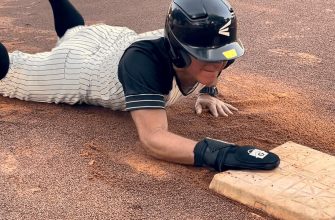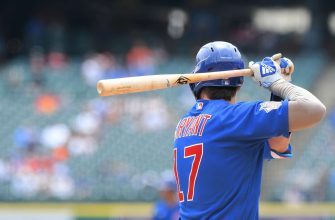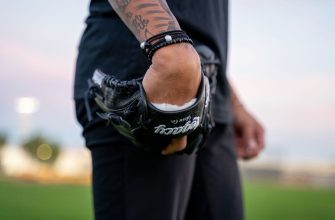Polarized sunglasses are designed to reduce glare from reflective surfaces like water or roads. They have a vertical polarizing filter built into the lenses that blocks intense reflected light and allows only light waves oriented in one direction to pass through the lenses. This results in clearer vision and less eye strain in bright conditions.
Polarized lenses can be especially useful for certain sports like baseball where glare from the sun can impede players’ vision. The reduction in glare allows players to better track and see the ball coming at them or when hitting. Polarized sunglasses also help baseball players see the field and other players more clearly by cutting through sun reflections.
This article will explore the pros and cons of using polarized sunglasses for playing baseball. It covers how they work, their advantages and disadvantages for the sport, tips for choosing the right type of polarized lenses and frames, top brands, care and maintenance, and concluding thoughts. The goal is to provide baseball players, coaches, and fans with a comprehensive guide to polarized eyewear for improved performance and safety on the field.
How Polarized Lenses Work

Polarized lenses use a special chemical film to filter out glare by blocking horizontally polarized light waves. Light waves naturally vibrate in all directions, but when they reflect off surfaces like water, glass or snow, they tend to become horizontally polarized.
The glare-reducing chemical applied to polarized lenses acts like a grid or filter, allowing vertically oriented light waves to pass through while blocking horizontally oriented waves. This means your eyes only receive the direct and glare-free light from the sun, reducing strain and fatigue.
Overall, polarized lenses use polarization to their advantage, eliminating reflective glare so you can see more clearly and comfortably on bright days.
Advantages of Polarized Lenses for Baseball
Polarized lenses are designed to reduce glare from horizontal surfaces like bodies of water and roads. For baseball players, this polarization can help cut down on glare from the field, making it easier to track and see the ball.
By reducing glare and improving visibility, polarized lenses may offer some advantages for baseball players:
- Makes it easier to track and see the baseball while batting, fielding, and catching
- Cuts down on squinting and eye fatigue from bright sun glare in the outfield
- Improves visibility when fielding balls hit high into the sky
- Allows batters to better pick up the spin and rotation on pitches
The improved contrast provided by polarized lenses helps players distinguish the white baseball against bright skies or background. This can help with catching fly balls in the outfield and picking up the ball off the pitcher’s hand when batting. Overall, the glare reduction can simply make it more comfortable and easier to see for baseball players during sunny outdoor games.
Disadvantages of Polarized Lenses for Baseball
While polarized lenses can provide benefits for baseball players, there are some potential downsides to consider as well. One of the main disadvantages cited by players and experts is that polarized lenses may make it more difficult to pick up the spin on a baseball, especially while batting.
The polarization filter cuts down on glare and reflected light, but it can also obscure some of the subtle visual cues that allow hitters to determine the spin and rotation on the ball as it leaves the pitcher’s hand. This can make it harder for batters to anticipate and correctly identify pitch types like curveballs or sliders. Without being able to read the spin well, batters may struggle to make solid contact.
This is why many players prefer using specialized sports lenses that are not polarized when batting. The lack of polarization allows them to better pick up on ball spin and rotation. However, when worn in the outfield, polarized lenses can still offer benefits by cutting glare while tracking high fly balls against clear skies.
So in situations where picking up spin is critical, like at the plate, polarized lenses may not be the best choice. But they can still provide advantages in other on-field settings for baseball players looking to reduce glare and eye strain.
Choosing the Right Polarization for Baseball
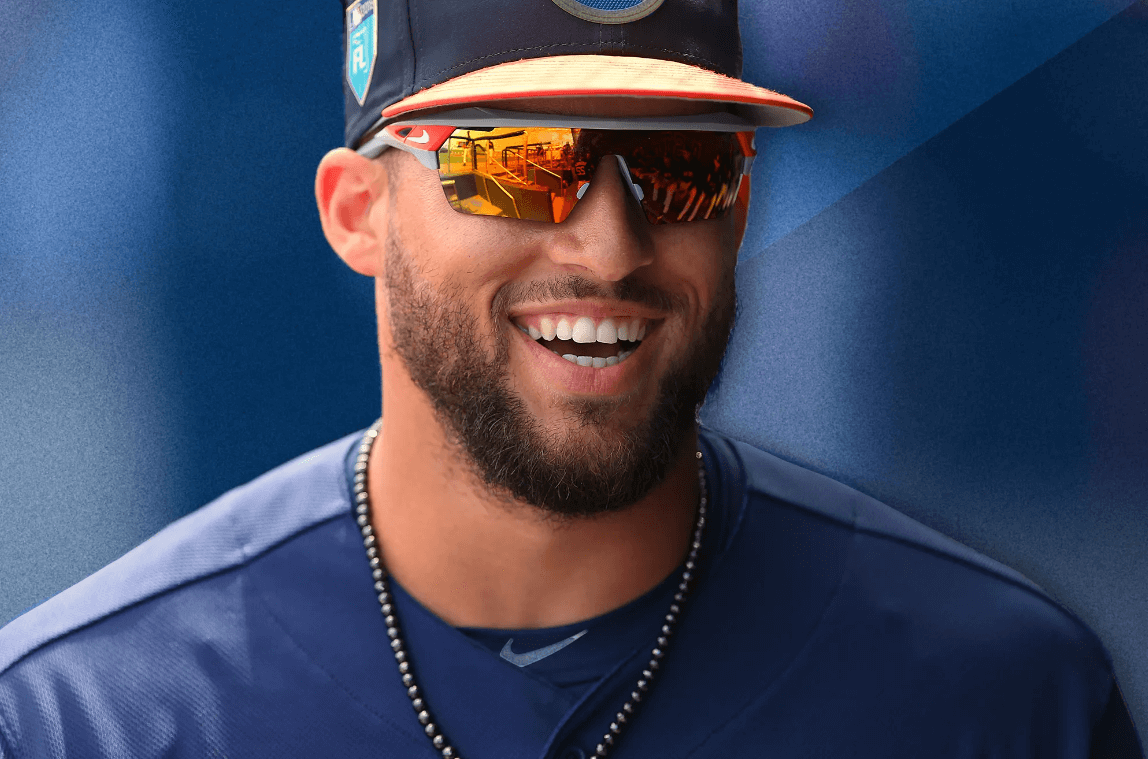
When choosing polarized sunglasses for playing baseball, it’s important to consider your position on the field and level of play.
For outfielders, high polarization can help reduce glare when tracking fly balls against the sky. 30%-60% polarization is ideal for outfielders to balance glare reduction while still seeing the ball’s flight.
For infielders, lower polarization around 15%-30% may be better to pick up the baseball against green grass or red clay. Too much polarization can obscure the ball and make it harder to see coming off the bat.
For catchers, polarization isn’t as necessary since you’re looking straight ahead instead of tracking fly balls. You’ll want just enough polarization to cut glare and focus on the pitcher and batter. Around 15%-30% polarization is usually ideal.
For batting, it’s a personal preference. Some batters like higher polarization around 40%-60% to pick up the spin and seams on the ball as it leaves the pitcher’s hand. Other batters prefer little to no polarization to see the release point and ball movement more clearly.
For youth leagues and recreational play, moderate polarization of 30%-40% is a good compromise. It helps with glare while still providing enough visibility at lower speeds. High polarization isn’t as necessary until higher levels of competitive play.
The right polarization really depends on your needs as a player. Test different levels of polarization during practices to see what works best for your position and the conditions. Work with your coach to determine if specialized sunglasses could improve your performance.
Other Lens Options for Baseball
Baseball players have several lens options besides polarized lenses that can enhance vision and comfort while playing. Two popular alternatives are photochromic lenses and anti-reflective coated lenses.
Photochromic lenses automatically adjust their tint based on the amount of UV light they detect. In bright, sunny conditions, the lenses will darken to a sunglass tint to reduce glare. But in overcast or low-light conditions, the tint lightens to keep vision crisp and clear. This adaptability makes photochromic lenses a versatile choice for baseball games that transition from daytime to night under stadium lights. Players don’t need to switch glasses as lighting conditions change. Popular photochromic lens brands for sports include Transitions Optical and Vision-Ease.
Anti-reflective lens coatings reduce glare and eyestrain by preventing light from bouncing off the interior and exterior lens surfaces. This improves visual clarity and acuity. Anti-reflective treatments are available on both prescription eyeglasses and non-prescription sports sunglasses from brands like Oakley and Nike. The coatings block UV light as well. For baseball, the improved viewing comfort can aid with tracking balls in flight and reducing distractions when fielding.
Choosing between polarized, photochromic, or anti-reflective lenses depends on weighing factors like versatility, glare protection, and cost. But all three represent smart options for upgrading standard sunglass lenses for baseball.
Finding the Right Frames
When choosing sunglass frames for baseball, you’ll want to consider factors like wrap-around coverage, overall fit, and comfort.
Wrap-Around Coverage
Look for frames that offer full wrap-around coverage to protect your eyes from sun exposure at all angles. Baseball often involves quick head movements to track the ball, so you don’t want any gaps in coverage. Wrap-around sunglasses will follow the contours of your face without letting in stray light.
Secure Fit
The frames should fit snugly without being uncomfortably tight. Movements like swinging the bat or running bases require dynamic body motions, so you’ll want sunglass frames that stay put. Avoid frames that are loose or slide down your nose easily. Opt for a close fit that keeps the lenses aligned with your eyes.
Overall Comfort
Frames suited for baseball gameplay should feel comfortable and allow free, unhindered motion. Don’t choose styles that pinch, put pressure on your head, or distract you during play. Lightweight frames with adjustable nose pads and rubber grips can enhance comfort and prevent slippage.
Prioritize full wrap-around coverage, a snug and secure fit, and all-day comfort when selecting sunglass frames for baseball. The right frames keep your eyes protected without impeding your performance.
Top Polarized Sunglass Brands for Baseball
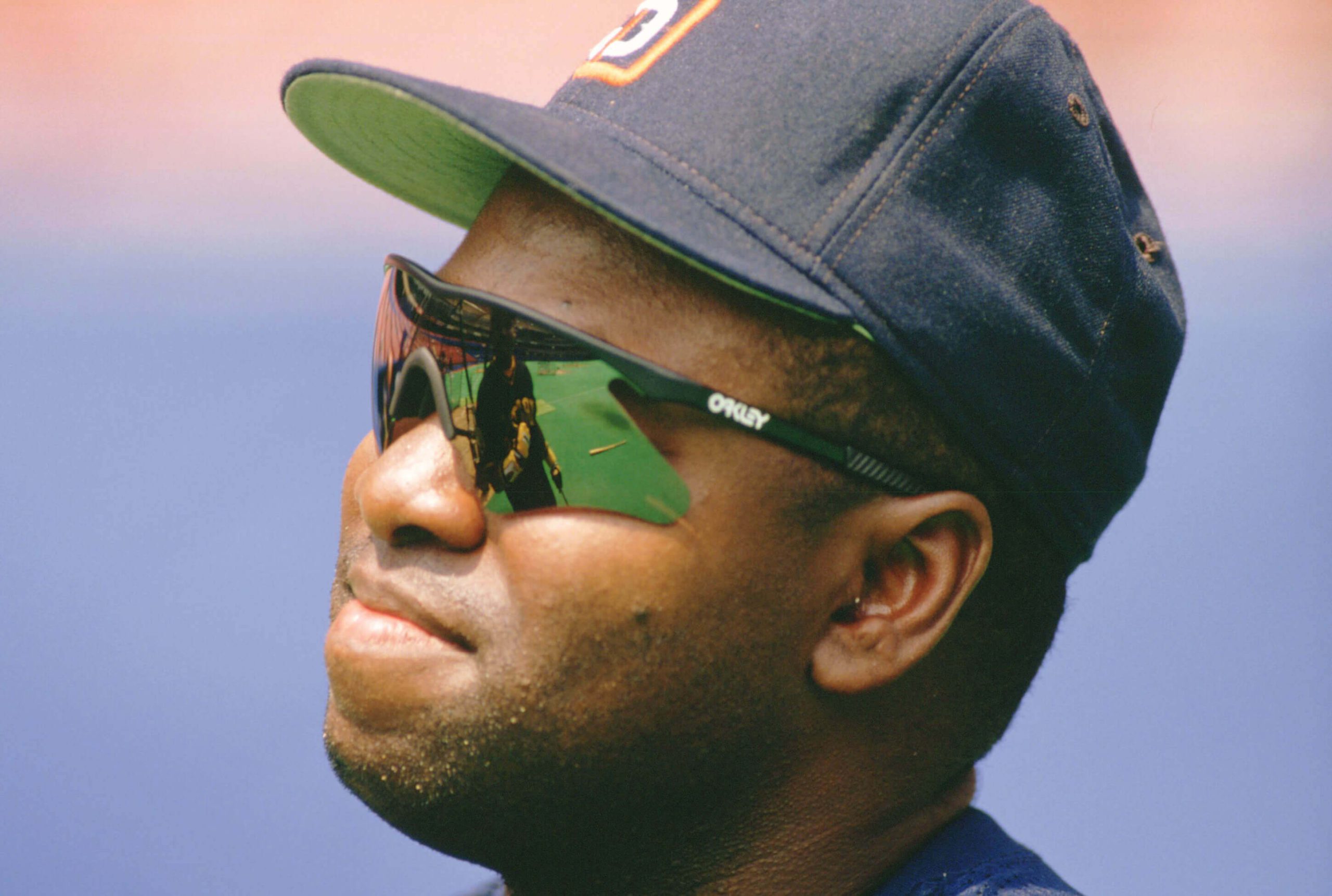
When it comes to polarized sunglasses for baseball, there are a few top brands that stand out above the rest. These companies offer high-quality lenses and frames designed specifically with athletes in mind.
Oakley
Oakley is one of the most popular sunglass brands amongst baseball players. They offer a wide selection of sporty, wraparound frame styles that provide maximum coverage and protection. Oakley utilizes proprietary Polaric Ellipsoid lens technology that blocks glare at all angles while enhancing color and depth perception. Popular models for baseball include the Oakley Flak 2.0 XL and Radar EV Path. The Prizm lens is specifically engineered to boost performance for baseball by enhancing the visibility of the ball against various backgrounds.
Nike
Nike is another trusted brand in athletic eyewear. Their polarized sunglasses feature ventilated rubber nose pads to prevent slipping and maximize comfort. The Max Optics technology offers precise visual information while reducing glare. The Nike Skylon Ace and Ev0600 are great options, blocking harmful UV rays and minimizing visual distractions when tracking the ball. The designs are lightweight, durable and help reduce eye strain.
Maui Jim
Maui Jim sunglasses are known for their top-of-the-line polarization technology. Their proprietary PolarizedPlus2 lenses eliminate 99.9% of glare. This allows for optimal visibility and color distinction on the baseball field. Maui Jim frames have a comfortable, non-slip design built for sports. The Peahi, Hookipa, and Red Sands are excellent choices, enhancing depth perception and reducing eye fatigue. Maui Jim offers some of the highest quality polarized lenses that serious baseball players trust.
Care and Maintenance
Proper care and maintenance is important for getting the most out of your polarized sunglasses and extending their lifespan. Here are some tips:
Cleaning
-
Use only mild soap and water to clean the lenses. Avoid using chemicals or cleaners that can damage the special polarized coating.
-
Gently wipe the lenses with a microfiber cloth, using small circular motions. Don’t rub too hard or you may scratch the lenses.
-
For stubborn dirt or smudges, you can rinse the glasses under lukewarm water. Shake off excess water and air dry.
Storage
-
Keep polarized sunglasses in a protective case when not in use. This prevents scratches and damage in bags or pockets.
-
Avoid leaving sunglasses in direct sunlight or hot places like cars, as excessive heat can warp frames and lenses.
-
Store polarized sunglasses somewhere clean and dry to prevent dirt buildup and potential mold growth.
Proper maintenance keeps polarized sunglasses working and looking their best. With some basic cleaning and care, you can extend the life of your shades.
Conclusion
Polarized sunglasses can be a great choice for playing baseball, but they aren’t necessarily the right option for every player or situation. The key advantages of polarization for baseball include reducing glare, improving contrast, and enhancing visual comfort on sunny days. By filtering out specific light waves, polarized lenses sharpen a player’s view of the ball in flight and pick up contrast between the ball and clear blue skies. This can lead to better tracking, less squinting, and potentially improved performance.
However, polarization can obscure or distort visions in certain angled or reflective surfaces. So players who rely on reading reflections, transparent objects like catcher’s masks, or angled outfield walls to track balls may prefer non-polarized lenses. Those sensitive to distortion should try out polarization carefully before deciding if it works for their needs.
Additionally, polarization alone doesn’t address all sun protection needs. Tint level, UV blocking, lens material, and frame coverage also play key roles. So players should consider their environmental conditions, sensitivities, and priorities when selecting sunglasses. Work with an eye doctor or sporting goods retailer familiar with your needs to identify the ideal mix of polarization, tint, UV blocking, and coverage.
In the end, the “best” sunglasses for baseball combine the right blend of polarization, tint, blocking, and coverage for your individual visual needs, field conditions, and preferences as a player. If polarized lenses align with your priorities, they can be an excellent choice to reduce glare and sharpen visual contrast when playing baseball.


